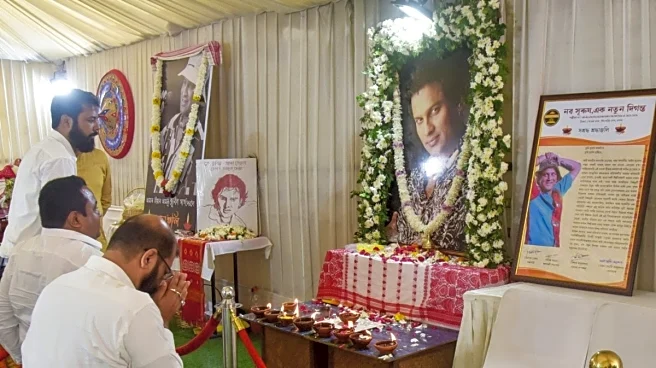What’s Rajni Case?
Rajni had sold a capital asset for Rs 1.25 crore. After adjusting indexed costs and transfer expenses of Rs 32.42 lakh, her long-term capital gain (LTCG) came to Rs 92.57 lakh. Then she used the proceeds to build a residential property through multiple payments in 2016.
Investment trail (within months)
May 27, 2016: ₹13,27,100
Aug 08, 2016: ₹52,55,316 (TDS-adjusted)
Oct 07, 2016: ₹59,71,950 (TDS-adjusted)
Total paid: ₹1,25,54,366 = 136% of LTCG
Rajni wasn’t able to construct the residential property within stipulated timeline, according to Sujit Bangar, founder of Tax buddy. However, construction never took off due to NHAI takeovers, corridor disputes, Dwarka Expressway delays, and pollution curbs imposed by the NGT.
She never had the possession of
that residential purchase despite giving the whole amount. Later, she surrendered the unit in 2022, received a refund of Rs 1.65 crore, and promptly reinvested in another property worth Rs 2.10 crore — showing consistent housing intent.
The Assessing Officer (AO) flagged the issue and disallowed her to tax exemption under Section 54F, saying that possession or construction wasn’t completed within the statutory period.
However, the ITAT overruled this, stating that beneficial provisions should be read liberally, and invoking the doctrine of impossibility — the law cannot compel what’s impossible.
Rajni claimed a capital gains exemption of ₹93 lakhs
However, the land she purchased was compulsorily acquired by NHAI
Income-tax asked her to pay a tax of ~₹18.6 lakhs
But here’s how the Tribunal ruled in her favour🧵👇 pic.twitter.com/5SfUtLbiRB
— Sujit Bangar (@sujit_bangar) October 3, 2025


/images/ppid_a911dc6a-image-175942217377145441.webp)

/images/ppid_a911dc6a-image-175932286710721253.webp)



/images/ppid_59c68470-image-175957253262783650.webp)



/images/ppid_a911dc6a-image-175937064823412685.webp)

/images/ppid_a911dc6a-image-175941643054391924.webp)

